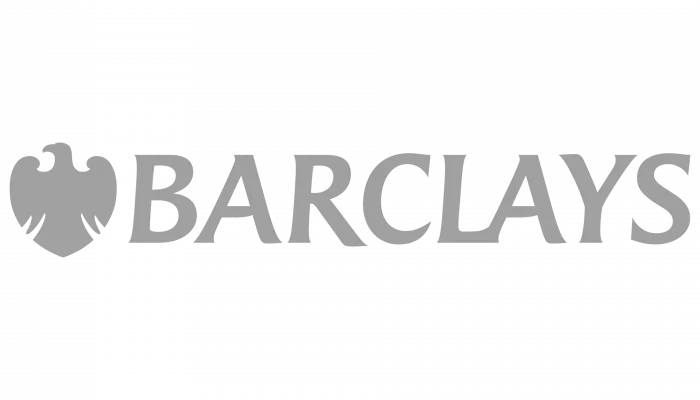What is Loan to Value (LTV)?
When you start to look at mortgages lots of terminology and ‘buzz words’ will be thrown around. There are several phrases that it’s worthwhile knowing and one of the most important ones when you are trying to establish how much you can afford to borrow is LTV or “Loan to Value.”
Loan to Value refers to the percentage of loan compared to the value of the property. For example, if the property is worth £200,000 and you are borrowing £100,000, your LTV is 50%.
If you are buying a home, the value will be pretty much the same as the sum you have agreed to pay for it, but sometimes a professional valuer will disagree. They might think the value is higher or lower and this is important - we will discuss why later. If you are re-mortgaging or refinancing, then you need to find the value of your home yourself. Its important that you are accurate, so checking out websites like Rightmove or Zoopla may help
Mortgage lenders have strict rules that govern their lending policies, many of which were imposed by Government after the 2008 ‘credit crunch.’ In simple terms, the rules are set to protect both the lender and borrower to reduce the risk of the borrower becoming unable to make their monthly payments and the lender eventually taking possession of the property in order to sell it and get their money back.
To reduce the likelihood of this ‘nightmare’ scenario happening, the lender will need to establish the value of the property they are lending on as well as the borrower’s income, expenditure, and other personal circumstances. Clearly the lower your LTV, the lower the risk you pose. In the event of a repossession, the bank will want to be able to sell the property, get back their lending plus any accrued interest and charges relating to the property sale even if house prices have fallen since they granted the loan
On the flip side, the higher the LTV, the less equity there is in the property when the loan is taken out and therefore the riskier the loan is to the lender. For this reason, the interest rates charges on high LTV mortgages may be significantly higher than those on lower LTV loans.
Most lenders require a minimum deposit of 5% of the purchase price giving an LTV of 95%. Mortgage Interest rates tend to reduce in bands of 5%, so if you can come up with an additional 5% and make your LTV 90%, you will get a better deal. This applies right down to an LTV of about 60% where mortgage lenders dish out their best deals. In fact, products at 95% may be up to 1.5% higher than those at 60% LTV.
As well as the usual criteria set by lenders, when you start looking at the mortgages on offer to you, the lender’s maximum Loan to Value (LTV) ratio will also dictate what you can borrow and at what interest rate. So, that, in a nutshell is “Loan to Value.”
Valuation Problems
Problems arise when you agree to buy a home at a certain price, only to have a mortgage valuer place a valuation on the property lower than the agreed purchase price. In this instance, the lender will always go with the Valuers assessment and this may well change the LTV.
For example:
Agreed purchase price - £200,000
5% deposit - £10,000
Mortgage amount - £190,000
LTV= 95%
If the bank values the property at £195,000 – the numbers no longer work:
Purchase Price - £200,000
Valuation - £195,000
Deposit - £10,000
Mortgage Amount - £190,000
LTV = 97.5%
Even if the deposit was bigger, it may well be that a down valuation will push your LTV up and this may mean that the interest rate goes up as well
If you do get a down valuation, the first thing to do is to renegotiate the price to the value put on it by the bank. If the seller refuses to do this, you may have a problem. In any case, do you really want to buy a property for more than it is worth? Most sellers will be reasonable when confronted with a lower valuation.
What are the maximum and minimum Loan to Value mortgages?
Generally, mortgage providers require a minimum of either a 5 or 10% deposit and therefore have a maximum LTV of either 90 or 95%. There is no minimum LTV, although some lenders do have minimum loan sizes.
Speaking to a mortgage advisor about Loan to Value ratios
If you are a first-time buyer and you have any questions about LTV ratios, feel free to contact the team at Mortgage Required. We provide professional mortgage advice and we can give you a useful insight into how an LTV could affect your chances of getting a competitive mortgage. We love helping first-time buyers purchase their first homes, we will cut through the jargon and search the whole market to find a mortgage that meets your needs and budget. Mortgage Required are dedicated to making applying for a mortgage as hassle-free as possible for our clients.
For more information Contact us to speak to a mortgage adviser.
Recent posts
Best UK Mortgage Rates this Week
Yesterday

Here are the lowest fixed mortgage rates of the week, available to first-time buyers, home movers, buy-to-let, and those remortgaging.
Call us for more information: 01628 507477 or email: team@mortgagerequired.com.

Just because the Bank of England decides to reduce the base rate, this doesn't automatically mean that your mortgage rate will go down.
Autumn Budget 2025: A Summary
23 days ago

Chancellor, Rachel Reeves, has delivered the Autumn 2025 budget. We have summarised the government's plans for tax and spending.
Renters' Rights Act
14 Nov 2025

The Renter’s Rights Bill became law at the end of October, which means it has been signed off by the King, and it is now the Renters’ Rights Act. Despite this becoming law, these changes are likely to start changing within the next six months, with the aim of being fully implemented throughout 2026 and into 2027.

A welcome change in school is coming as financial literacy is due to become compulsory in schools in England.
The Government has announced that as part of the new national curriculum, children in primary and secondary education will be required to learn about budgeting, compound interest, managing money, and mortgages.
The top 10 most beautiful villages in the world
24 Oct 2025

Forbes has published a global ranking of stunning locations and one popular picturesque corner of the UK has nabbed top spot.

Over three years after the Mini-Budget took place, we look at what the mortgage market looks like now, showing the difference in mortgage repayments.

The government has announced plans to make buying or selling a home cheaper and quicker with what is being called the “biggest shake-up to the homebuying system in this country’s history.”



















